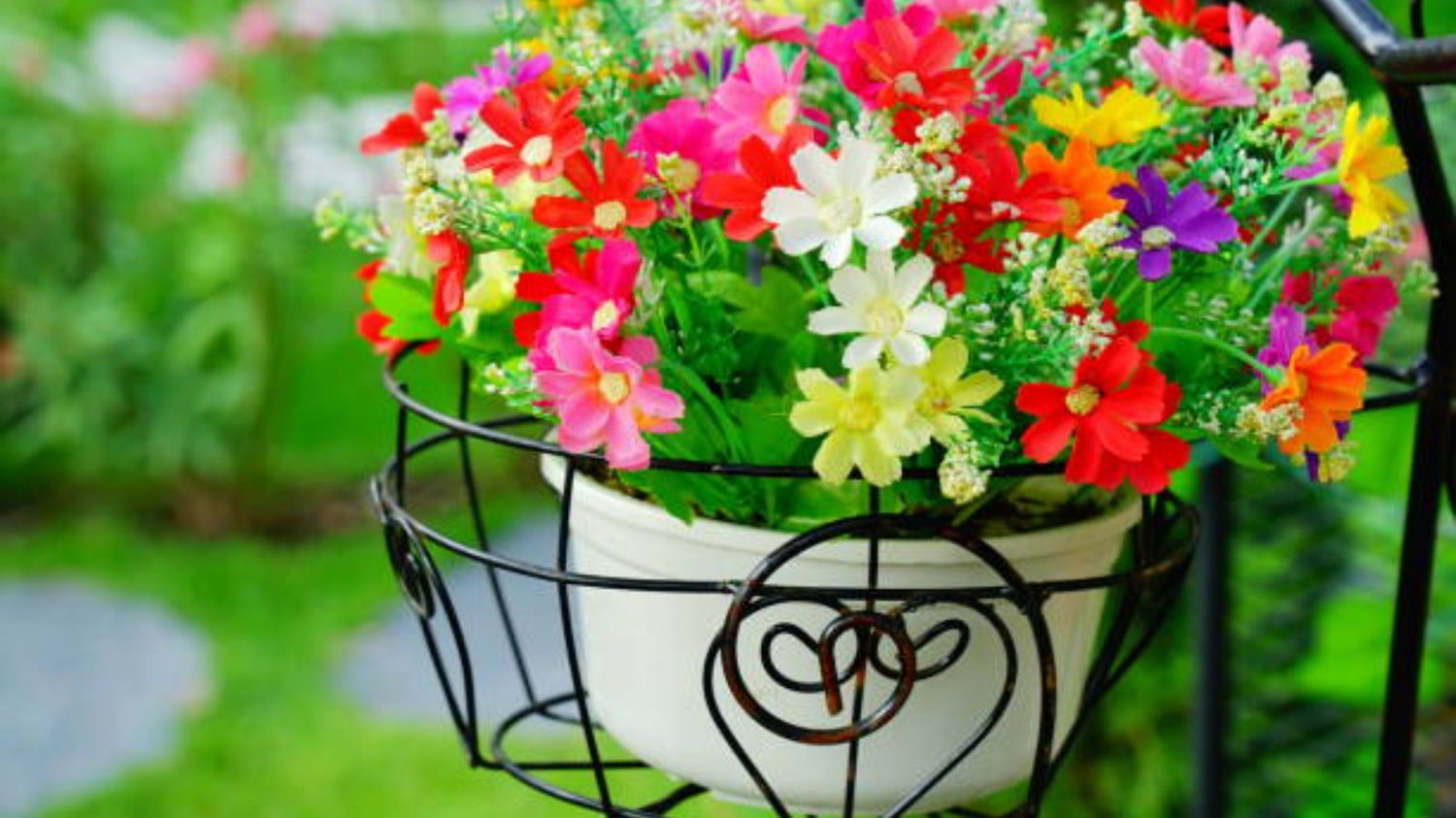Introduction
Flower pots are an attractive addition to any garden or patio. They come in different sizes, shapes, and materials, making it easy to find a style that suits your preferences. Whether you're a seasoned gardener or a beginner, you might be wondering if flower pots need drainage. In this article, we'll answer that question and discuss the importance of drainage for plant health and growth.
What is drainage?
Drainage refers to the process of removing excess water from soil. When you water your plants, the soil absorbs the water. However, if the soil becomes oversaturated, it can lead to a host of problems. Without proper drainage, the soil can become waterlogged, suffocating the roots and causing them to rot. This can lead to root damage, stunted growth, and even plant death.
Do flowerpots need drainage?
Yes, flower pots need drainage. This is because potted plants are unable to access underground water sources and can easily become waterlogged if excess water is not drained away. Most standard flower pots come with drainage holes at the bottom. These holes allow excess water to drain away, preventing waterlogging and promoting healthy plant growth.
What happens if your flower pot doesn't have drainage?
If your flower pot doesn't have drainage holes, excess water will accumulate at the bottom, leading to waterlogging. This can damage your plant's roots and prevent them from absorbing nutrients and moisture effectively. Over time, the soil can become compact and oxygen depleted, which can lead to root rot and plant death. Therefore, it's essential to ensure that your flower pots have proper drainage to keep your plants healthy.
How to ensure proper drainage?
Ensuring proper drainage is crucial to maintaining the health and growth of your potted plants. To ensure proper drainage, drill holes in the bottom of your flower pot if it doesn't have any. The number and size of holes you make will depend on the size of your pot and the type of plant you want to grow. For example, smaller pots may only need one or two small holes while larger pots may need several larger holes. Additionally, you can use a layer of gravel or pebbles at the bottom of your pot to help facilitate drainage and prevent soil from clogging the holes.
What are self-watering planters?
Self-watering planters are a type of flower pot that comes with a water reservoir at the bottom. The reservoir holds excess water, which is then absorbed by the soil as needed. While these pots can be convenient, they still need proper drainage to prevent waterlogging and ensure healthy plant growth. Self-watering planters typically come with a drainage system that allows excess water to drain away. If your self-watering planter doesn't have a drainage system, be sure to reduce the amount of water you add to the pot to prevent waterlogging.
What are the benefits of proper drainage?
Proper drainage ensures that your plants have access to the right amount of moisture and nutrients they need to grow. It also prevents soil from becoming compact, which can suffocate roots and inhibit growth. Proper drainage can also help prevent pests and diseases that thrive in waterlogged soil. Additionally, it can prevent the soil from becoming too acidic or alkaline by allowing excess minerals to drain away.
What if your plant is already waterlogged?
If your plant has already become waterlogged, it's essential to act quickly to prevent further damage. Remove the plant from the pot and gently shake off any excess soil. Then, place the plant on a dry surface and let it dry out for a few days before replanting it in new soil with proper drainage. Be sure to water the plant sparingly to avoid waterlogging it again.
Conclusion
In conclusion, drainage is crucial to the health and growth of potted plants. Flower pots need drainage to prevent waterlogging, root rot, and other problems that can inhibit growth and cause plant death. Always ensure your flower pots have proper drainage by ensuring they have drainage holes or drilling holes in the bottom. This will help ensure your plants thrive and add beauty to your home or garden for years to come.

